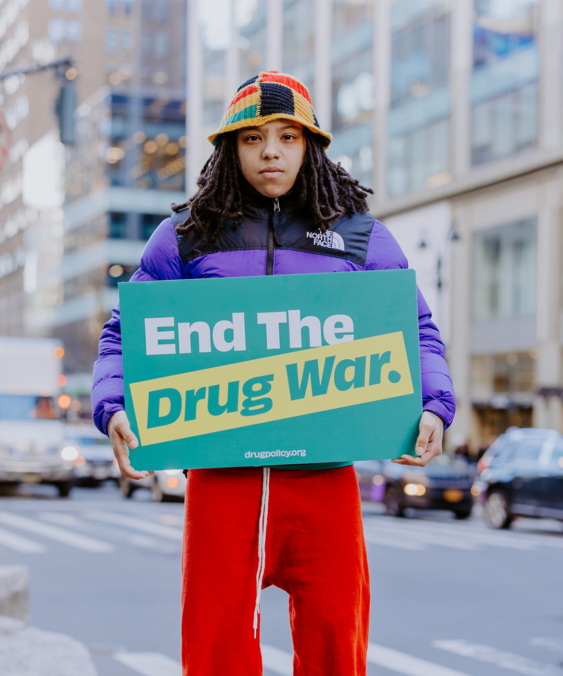
Margaret Dooley-Sammuli at (213) 291-4190 or Tommy McDonald at
SACRAMENTO — The new state budget deals a devastating blow to drug treatment in California. Treatment advocates warn that counties will not be able to provide treatment to all who are eligible under Proposition 36, a voter-approved measure that diverts low-level, nonviolent drug possession offenders to treatment. Though treatment is decimated, the sentencing law remains in effect and eligible defendants cannot be incarcerated.
“This is truly the end of an era,” said Margaret Dooley-Sammuli, deputy state director for the Drug Policy Alliance in Southern California. “For nearly a decade, California has led the nation’s most successful experiment with treatment instead of incarceration. Now we’re entering a new phase, where Prop. 36, fortunately, continues to protect low-level, nonviolent drug offenders from incarceration but where, sadly, there is little access to drug treatment. This is not what the voters intended, nor does it make fiscal sense.”
With guaranteed annual funding of $120 million in 2001-05, Prop. 36 cut state costs by $2.50-4 for every $1 spent and diverted 36,000 people to treatment each year (UCLA). In 2006, the Legislature responded to the program’s proven track record by boosting funding to $145 million. Since its inception, Prop. 36 has provided treatment to over 250,000 people and saved a net $2 billion. Nonetheless, the new budget could see Prop. 36 funding plummet to $18 million — just 8 percent of the $230 million-per-year level UCLA research found to be “adequate”. Even if a hoped-for transfer of federal dollars is secured, total treatment funding would not exceed $63 million (27 percent of “adequate”).
Given this reality, advocates on Thursday urged county and local governments to use limited local resources more innovatively by reducing the number of people entering the criminal justice system for low-level, nonviolent drug possession and by conserving those resources instead for local prevention and treatment systems. As one example of this approach, supporters pointed to San Diego’s Serial Inebriate Program (SIP), in which the county and city governments, law enforcement agencies and health systems collaborate to provide treatment to chronically homeless alcoholic individuals who would otherwise continue to soak up vast emergency room and criminal justice resources.
“Local law enforcement can be an important doorway into the public health system,” Dooley-Sammuli added. “Let’s face it. There’s no more room in court or jail. County and local governments can help reduce the burden by working with law enforcement and health systems to develop alternatives — by directing those who need it to county prevention and treatment services and by not prosecuting nonviolent, low-level drug possession in the first place.”

Notifications